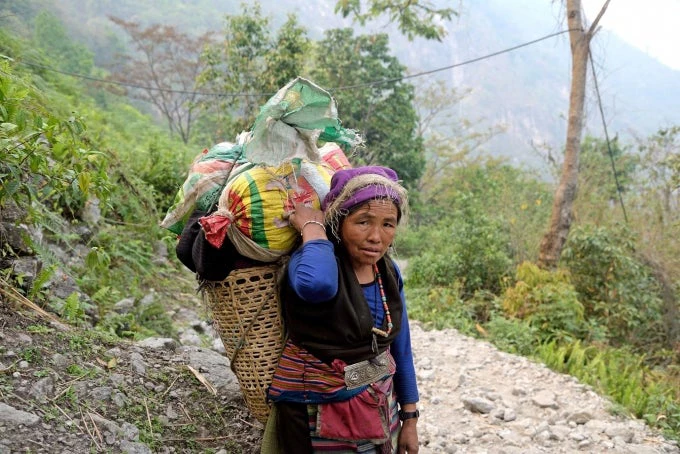

In 2003, Meiko Nishimizu, the World Bank Vice President for South Asia at the time, referred to Kathmandu as “an island of prosperity in a sea of poverty that is Nepal”. This was a time when the country was besieged with a violent conflict, with the state struggling to keep control of urban areas while rebels and security forces locked horns in the countryside. Her invocation of Martin Luther King Jr’s quote that “injustice anywhere is a threat to justice everywhere” must have resonated deeply with those in Kathmandu, especially those that may have associated inequality with the rise of the conflict.
Thirteen years on, as we think about Nepal’s progress on poverty reduction since then, it is appropriate to reflect on inequality and how it has evolved during this period. Has every Nepali benefitted from the living standards improvements that have been realized in the country? Or have some been left behind?
Economists typically use the Gini index of per capita income or household consumption expenditure as a measure of inequality. This index ranges in values from 0 to 1, with 0 denoting perfect equality (everybody has the same income level) while 1 representing perfect inequality (one person has all the income).
The latest estimate of the consumption Gini for Nepal is 0.33 in 2010-11. Not only is inequality low, it appears to have remained unchanged between 1995-96 and 2010-11 both at the national level and in rural areas.
Benchmarking the inequality in Nepal with other countries around the world, we find that relative to the level of economic development, inequality is fairly low in Nepal. According to economist Simon Kuznets’ well known hypothesis, inequality first increases as countries develop, then peaks and starts decreasing after a certain level of development is attained. It would appear that Nepal is at the very early stages of development and that the engine of growth has not started cranking up to the extent where it generates a widening consumption distribution.

But does the inequality of income mirrors the trend we see for the inequality of consumption expenditures. Income inequality is often higher than consumption inequality. But income is also measured with a lot of error in surveys. This makes interpreting and reconciling differences in inequality between income and consumption based measures often difficult.
We find that, on average, Nepalis across the economic spectrum saw their income grow during between 1995 and 2010. We also find that the growth was much faster at the highest end of the distribution. In contrast, consistent with the stable trend in consumption inequality, household per capita consumption, or living standard, appears to have increased almost uniformly for Nepalis across the distribution.

The burden of inequality
High inequality affects development in a number of different ways. Deeply entrenched in the social order, inequality can affect long term motivations and aspirations of individuals, trapping them in a cycle, unable to transform their circumstances which they regard as fundamentally unchangeable.
Inequality can affect development also through its effect on the political economy of the provision of public goods. For example, in Nepal, as incomes and living standards have improved, private school enrollments have increased leaving public schools, especially in remote rural areas, struggling to fill classrooms. This weakened demand will inevitably lead to further lowering of quality of public schools, which remain the preserve of the poorest.
An economic system that generates opportunities for all – particularly the less well off – is vital to Nepal’s hopes of translating its fragile peace into a stable platform for shared and durable prosperity. Though inequality of household consumption is still low, signs of growing income inequality suggest a need to be vigilant. The decade-long conflict that Nepal suffered may or may not have been due to inequality, but it cannot be denied that as long as there is perceived unfairness in the access to resources and opportunities among the population, the specter of conflict will continue to impinge on Nepal’s development prospects.
Previous blogs: http://blogs.worldbank.org/endpovertyinsouthasia/striving-struggling-and-thriving-nepal
http://blogs.worldbank.org/endpovertyinsouthasia/against-all-odds-what-driving-poverty-reduction-nepal
Read report: Moving Up the Ladder : Poverty Reduction and Social Mobility in Nepal



Join the Conversation